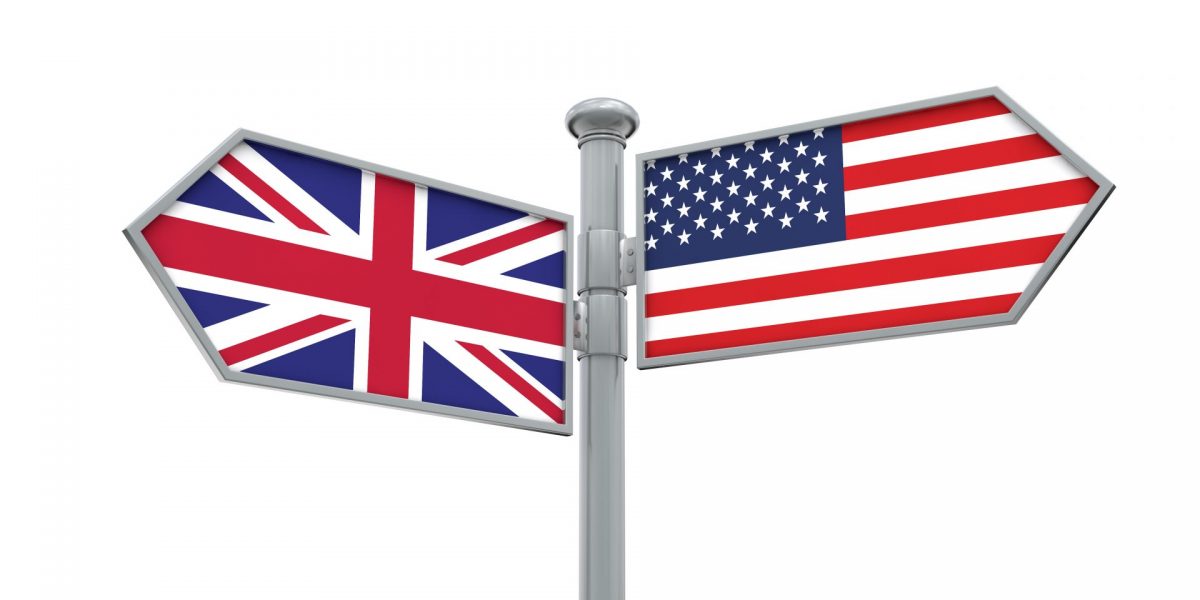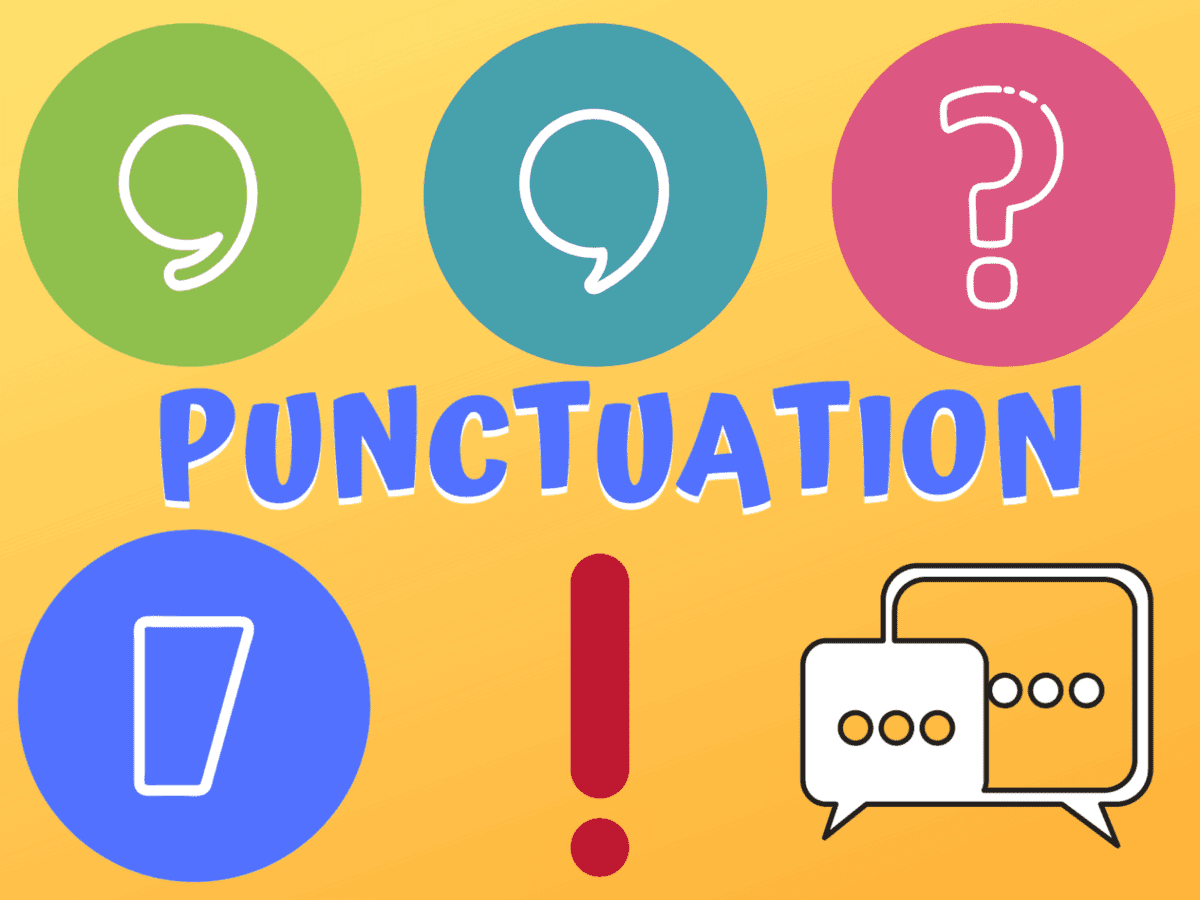
British and American English have several notable differences that span vocabulary, spelling, grammar, and punctuation. Vocabulary differences are extensive and can lead to confusion or misunderstandings between speakers of the two dialects. For example, what Americans refer to as “pants,” British call “trousers,” and what is known as a “cookie” in the U.S. is called a “biscuit” in the UK. Other examples include “elevator” (American English) versus “lift” (British English), and “apartment” (American English) versus “flat” (British English).Before talking about the differences lets see from where these differences are coming from?
The differences between British and American English have evolved over centuries and are the result of several historical, cultural, and social factors. Here are the main sources of these differences:
- Historical Separation and Independent Development
After the American colonies gained independence from Britain in the late 18th century, the English language in America started to evolve independently from British English. This separate evolution over hundreds of years has led to the differences we see today in spelling, grammar, vocabulary, and pronunciation. - Influence of Other Languages and Cultures
The United States has seen substantial immigration from around the world, influencing American English with words and expressions from many other languages. British English has also been influenced by other languages, but the mix is different, reflecting the different patterns of colonialism, immigration, and global interaction of the two nations. - Spelling Standardization
In the early 19th century, Noah Webster, an American lexicographer, was instrumental in standardizing American spelling with his dictionaries. He preferred simpler spellings that differed from the British ones (e.g., “color” instead of “colour” and “theater” instead of “theatre”). His work had a significant impact on American English. - Technological InnovationsMany technological advancements occurred in the US, leading to the creation of new terms that entered the language. For example, the automobile industry, which burgeoned in the US, contributed several words like “truck” (British: “lorry”) and “gasoline” (British: “petrol”).
5. Regional Variations Within Each Country
Both the UK and the US have internal regional variations that contribute to the overall diversity of English in each country. These regional dialects have their own unique expressions, vocabulary, and sometimes grammar, which add another layer of complexity to the differences between British and American English.
6. Media and Publication
The media and publication industries in both countries have established their own style guides and usage standards, which sometimes diverge from each other. For example, the use of the Oxford comma is more prevalent in American English, following guides like the Chicago Manual of Style, whereas it’s less commonly used in British publications.
7. Cultural Identity
Language is a key part of cultural identity. Over time, both Brits and Americans have embraced certain language differences as a way of asserting their identity. This is evident in areas like food terminology, where cultural preferences have led to distinct vocabularies.
These factors combined have resulted in the rich diversity between British and American English. Despite these differences, the two varieties of English remain mutually intelligible, with speakers able to understand each other without too much difficulty.
Spelling differences often revolve around words that end in -or/-our, -ize/-ise, and -er/-re, among others, due to historical preferences and standardizations in each form of English. For instance, “color” and “labor” in American English are spelled “colour” and “labour” in British English. Similarly, “realize” and “organize” in American English become “realise” and “organise” in British English.
When it comes to grammar, one key difference is the use of the present perfect tense. British English requires the present perfect for recent actions that have an effect on the present moment, whereas American English may use either the present perfect or the simple past in such situations. For example, a British English speaker might say, “I’ve lost my keys,” while an American might simply say, “I lost my keys” for the same situation.
Punctuation and formatting also show differences. British English often places punctuation outside of quotation marks, whereas American English places them inside. Additionally, the use of the serial, or Oxford, comma is more common in American English than in British English. Date formats typically differ as well, with the British format usually being day-month-year, compared to the American month-day-year
These differences, while sometimes subtle, highlight the diversity and evolution of the English language across the Atlantic. They can affect everything from casual conversation to business communication, emphasizing the importance of context and audience when choosing words, spellings, and grammatical structures.
British and American English have a variety of differences that extend into vocabulary, spelling, grammar, punctuation, and even date formatting. These differences reflect the unique evolution of English in the two regions over centuries. Below are some detailed examples and explanations to illustrate these differences further.
 Vocabulary Differences
Vocabulary Differences
– *Automobile terminology*: In the UK, the back of a car is called the “boot” while in the US it’s referred to as the “trunk.” Similarly, the British “bonnet” is the American “hood.”
– *Clothing*: What Americans call “sweaters,” Brits often refer to as “jumpers.” Additionally, “pants” in the US are “trousers” in the UK, where “pants” refers to underwear.
– *Food*: In Britain, “chips” are what Americans call “fries” (or “French fries”), and American “chips” are “crisps” in British English.
– *Housing*: Americans live in “apartments” that Brits would call “flats.” An American “elevator” is a British “lift.
 Spelling Differences
Spelling Differences
– *-or/-our endings*: Words like “color” and “honor” in American English are spelled “colour” and “honour” in British English.
– *-ize/-ise endings*: “Organize” and “realize” are American spellings, whereas “organise” and “realise” are used in the UK.
– *-er/-re endings*: “Center” in the US is “centre” in the UK, and “theater” in the US becomes “theatre” in the UK.
 Grammar Differences
Grammar Differences
– *Present perfect vs. simple past*: British English often uses the present perfect tense for actions that have relevance to the present moment, such as “I’ve lost my keys” compared to the American English “I lost my keys.”
– *Past participles*: Certain verbs have different past participle forms, such as “gotten” in American English and “got” in British English.
 Punctuation Differences
Punctuation Differences
– *Quotation marks*: British English uses single quotation marks for initial quotations, while American English uses double quotation marks.
– *The Oxford comma*: More commonly used in American English, the Oxford comma comes before the “and” in a list of three or more items, e.g., “red, white, and blue” as opposed to the British “red, white and blue.

Formatting Differences
– *Dates*: The American format typically follows the month-day-year sequence (e.g., April 15, 2023), while the British format is day-month-year (e.g., 15 April 2023).
These differences, while not exhaustive, highlight the rich variety within the English language and the importance of context in communication. Whether you’re writing for a British or American audience, understanding these distinctions can help avoid confusion and ensure your message is clear.
